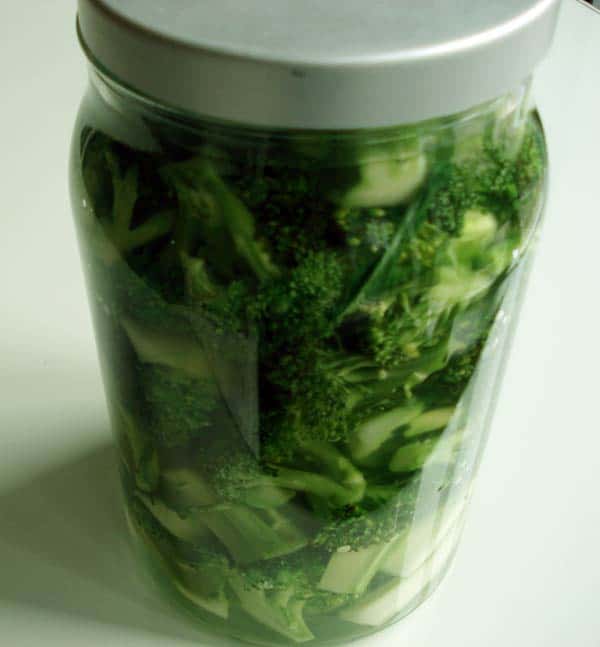 Everywhere I go, every mother I talk to, I am hearing alot about the flu, and "the vaccine."
Everywhere I go, every mother I talk to, I am hearing alot about the flu, and "the vaccine.""Should we get it? Should little baby K get it? Should grandma get it?"
People are calling their doctors and getting frustrated and angry that they if they can't get it. One mother I know is switching doctors because the doctor suggested that her baby will be fine, as long as she doesn't let anyone touch or lean over the stroller when she is out shopping.
But here's the thing. There currently IS no vaccine for the Novel H1N1 Flu. Not yet. The CDC website is very clear about that. Companies are working on it, and it "may" be ready in the fall. And once it exists, it won't be available until after a month or so of the minimum required testing, to make sure it at least doesn't kill people outright (so testing for long-term effects, or effects on babies in utero.) All flus, including the novel strain people are so worried about, is spread primarily through direct contact with an infected surface, sneezing and coughing. My friend's baby in the stroller will indeed be quite safe if she remains in her stroller, especially if mom throws a sheer scarf over it to discourage strangers from peering in at her baby.
And here's another thing. Right now, the "novel flu" virus is no more serious that your regular flu. It doesn't kill any more people than the regular flu does, and I don't get vaccines for that, either. I am pregnant, and my OB and pediatrician both agree that he is not seeing anything in the material he gets from the CDC or WHO to recommend that his patients get the vaccine for the novel flu if they aren't getting one for the regular flu. Medical language is scary to lay-people, but the fact is that this pandemic is not something to be terrified of. This is, frankly, one of the nicest pandemics we could get.
What I AM going to do is wash my hands more in the winter. I will wear my gloves all the time to enter schools and malls, and I won't wipe my gloves on my face. If I know someone is sick, I usually try not to see that person, even for several days after they are well.
Now, with my 3 year old son starting a Pre-K program at our local elementary school, you can bet that I just went out bought some hand sanitizer and will be using it every day when I put him in the car to pick him from school. Yes, this is coming from someone who rarely uses anti-bacterial soap, and washes her dishes with regular soap and warm water by hand. The fact is that schools are breeding grounds for ALL viral infections, and when I ran a health center for five years, it was the parents of school-age kids who got sick the most often. I personally would like to avoid that. I rarely got sick as a kid, and that continues as an adult, but still: I recognize that sometimes a little extra care is all that is needed. Baths for kids right after school, instead of at night-time, are not a bad idea either. Wash your hands before you cook or eat, and make sure your kids do, too.
Other things I am investing in are basic health supplements for the family. Think preventative care. Zinc, selenium and vitamin C in the diet all help the immune system stay strong, as do B vitamins and good nutrition in general. School age kids can benefit from a daily chewable vitamin, as well as some extra vitamin C during cold season. A chewable C with extra zinc can help knock out colds in their early stages. And when all else fails, I always have very good results from Hyland's cold formulas (especially "sniffles & sneezes for kids" and their cough syrup) and Olbas cough syrup...
Well. That is enough on that topic! As a mother, of course it has been on my mind. Even more so since I am pregnant, and the media is really going out of their way to strike fear into our preggo hearts. "There is nothing to fear, except fear itself." A little common sense and extra hygeine can go a long a way during cold & flu season.












